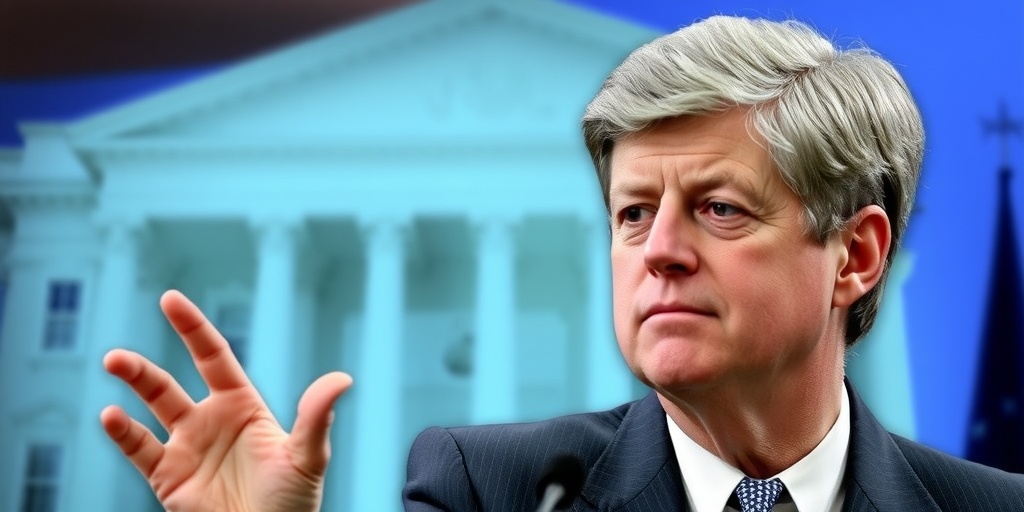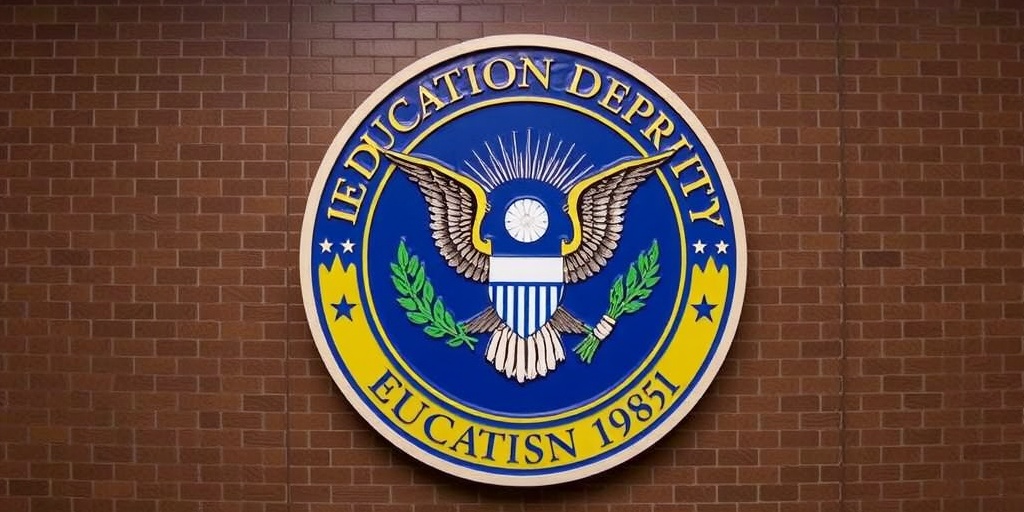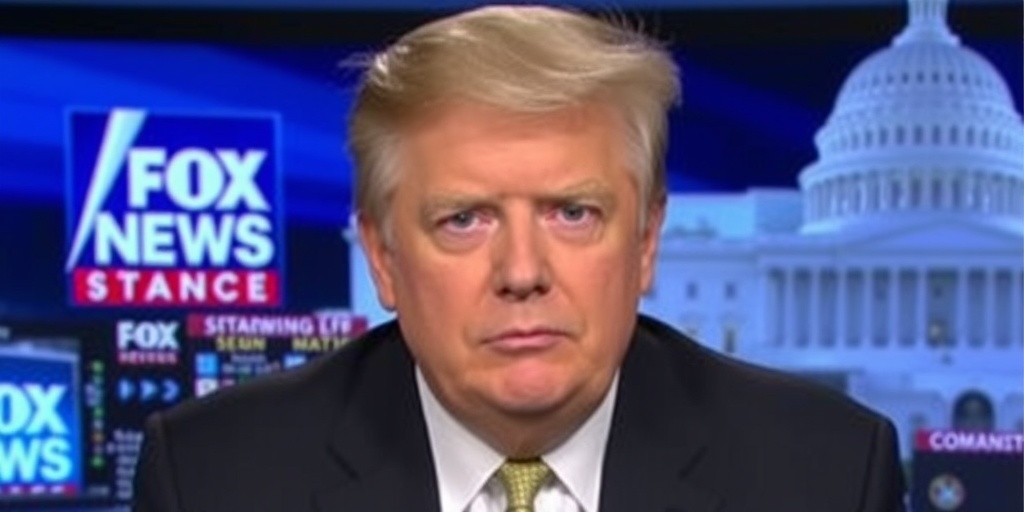Now Reading: Trump: Medicaid Safe, Complicating Tax Cut Extensions
-
01
Trump: Medicaid Safe, Complicating Tax Cut Extensions
Trump: Medicaid Safe, Complicating Tax Cut Extensions

In the high-stakes world of American politics, President Donald Trump has thrown a wrench into the legislative machinery that seeks to extend his favorite tax cuts by declaring his intention to protect Medicaid, a crucial health insurance program primarily serving low-income Americans. This statement, made during a Fox News interview with Sean Hannity, challenges the ongoing efforts by congressional Republicans to finance significant tax reductions through budget cuts, particularly to Medicaid. Trump stated emphatically, “Medicare, Medicaid — none of that stuff is going to be touched.”
This declaration comes at a time when House Speaker Mike Johnson is diligently working on a proposal that aims to reconcile different priorities within the Republican Party: the need for $4.5 trillion in tax cuts, the push to reduce federal spending, and the ever-growing concern about the national debt. However, the budget Johnson has negotiated suggests around $880 billion in cuts to Medicaid, intended to balance out a portion of the proposed tax cuts. This places Trump’s recent proclamation in direct conflict with the House’s strategic goals.
The dilemma is stark: extending the tax cuts passed in 2017 is projected to increase the federal deficit by over $4 trillion in the next decade. This alarming figure has raised the stakes as Republican lawmakers express their hesitation to endorse such a dramatic increase in the national debt. To counterbalance some of the lost revenue, an amendment to the House bill aims to identify $2 trillion in spending cuts, where Medicaid is identified as a significant target due to its substantial share of federal expenditures.
Make no mistake; Trump’s comments, while aimed at maintaining his base’s support, risk undermining the intricate legislative efforts being made within the House. His longstanding promise to refrain from making major alterations to Medicare aligns with his recent statement about Medicaid. Historically, Trump has exhibited a more flexible approach towards Medicaid, having previously supported initiatives that would have significantly reduced funding to the program during his first term in office. His budgets have consistently included proposals that would lead to major cuts and reforms to Medicaid.
Moreover, Medicaid has gained immense popularity over the years, serving as a primary health insurance provider for approximately 72 million Americans. Its funding is also pivotal for state budgets, particularly for Republican governors who might face backlash from constituents if significant Medicaid cuts are enacted. Medicaid plays a crucial role in financing nearly half of all births in the United States and covers a large number of nursing home stays, solidifying its importance in the health care landscape.
As the debate continues, questions remain about the specifics of the House proposal, which has yet to detail any particular Medicaid policies. However, the magnitude of the proposed cuts indicates inevitable major changes would occur. Implementing alternative strategies, such as imposing work requirements on Medicaid recipients, while receiving some public backing, would only yield approximately $100 billion in savings—far short of the necessary cuts.
Warnings are coming from within the Republican ranks. Figures like Steve Bannon, Trump’s former chief strategist, have cautioned that Medicaid cuts could alienate a significant portion of Trump’s base, many of whom rely on the program. He highlighted, “A lot of MAGA’s on Medicaid. You can’t just take a meat ax to it.” Some Republican lawmakers are also voicing reservations about the potential ramifications of Medicaid cuts, especially those whose votes are critical for advancing the legislation.
Despite these mounting challenges, Trump has reaffirmed his support for the House framework, promoting it as a vehicle to implement his “FULL America First Agenda.” However, the intricate balancing act within the Republican Party is becoming increasingly complicated. The reality remains that the arithmetic of the budget necessitates substantial cuts to Medicaid to make the broader fiscal strategy feasible.
Despite Trump’s avowal to spare Medicaid, the proposed budget is structured in such a way that Medicaid reductions constitute nearly half of the required $2 trillion in spending cuts. Without significant Medicaid cuts, the House proposal would necessitate not just a reworking of its language but also deep cuts to other federal programs, leaving Republicans in a precarious position.
In an environment rife with political peril, especially with the specter of upcoming elections looming, the implications of this controversy over Medicaid cuts resonate beyond mere policy debates. The need to reconcile Trump’s commitments with the budgetary imperatives of the Republican agenda poses tough questions about priorities, the future of health care in the U.S., and, ultimately, the very fabric of Trump’s support among his most loyal followers. As it stands, the road ahead for extending tax cuts while safeguarding Medicaid appears fraught with difficulty, setting the stage for a pivotal chapter in American governance.
Stay Informed With the Latest & Most Important News
Previous Post
Next Post
-
 01New technology breakthrough has everyone talking right now
01New technology breakthrough has everyone talking right now -
 02Unbelievable life hack everyone needs to try today
02Unbelievable life hack everyone needs to try today -
 03Fascinating discovery found buried deep beneath the ocean
03Fascinating discovery found buried deep beneath the ocean -
 04Man invents genius device that solves everyday problems
04Man invents genius device that solves everyday problems -
 05Shocking discovery that changes what we know forever
05Shocking discovery that changes what we know forever -
 06Internet goes wild over celebrity’s unexpected fashion choice
06Internet goes wild over celebrity’s unexpected fashion choice -
 07Rare animal sighting stuns scientists and wildlife lovers
07Rare animal sighting stuns scientists and wildlife lovers





















